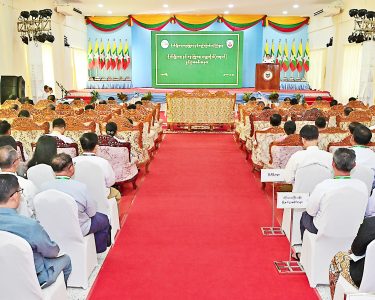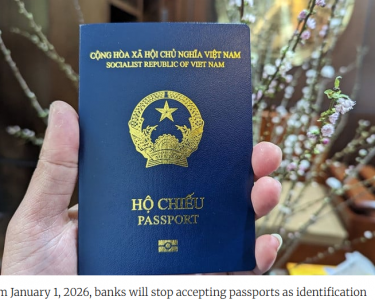MUMBAI, June 15 (NNN-UNI) – Mumbai’s Dharavi, known as Asia’s largest slum, recorded its first coronavirus case on Apr 1, sparking fears of a large hot-spot in the city. As it stands, India’s financial capital, currently has the highest number of active cases in the country.
Fast forward two months, the virus curve in Dharavi, part of Mumbai’s G North administrative ward, appears to be flattening.
In contrast, a few municipal wards of Mumbai’s northern suburbs that had very few cases initially, are now recording a spike of nearly five percent every day.
So what helped turn Dharavi’s story around?
A series of innovative experiments — bringing in private practitioners, isolating vulnerable populations, getting large quarantine facilities and taking over private hospitals for treatment — seemed to have done the trick.
As of June 12, Dharavi recorded 2,013 cases, but its daily growth rate was 1.57 percent, as against the city’s three percent and the five percent in other wards, such as P North, R South and S wards (all of these comprise Mumbai’s north-western regions).
There were no deaths recorded between May 30 and June 8, but six deaths have been reported in the last four days, taking the toll to 77.
Overall, Mumbai recorded 55,451 COVID-19 cases, almost a fifth of the total cases in the country. Of these, 28,248 were active as of Saturday.
Dharavi is home to about 8.5 lakh people, all living in very close, cramped quarters within a 2.5-square-kilometre area.
On June 11, it recorded just 20 new cases. The doubling rate — the time in which the current total number of cases double — for the slum touched 44 days, much higher than the city’s average of about 22 days.
“It was a task that was deemed to fail but we have surprised everyone,” said Kiran Dighavkar, assistant municipal commissioner, in charge of G north ward, consisting of Dadar, Mahim and Dharavi.
Social distancing and lock-down — the twin strategies that are largely regarded as the only effective ways to counter the virus in the absence of treatment or a vaccine — do not work in Dharavi.
With houses just 10×12 feet, providing shelter to large families of seven to eight members, transmission through the community was inevitable. So instead, municipal authorities carried out rigorous contact tracing, testing and quarantining of cases as well as cleaning community toilets to maintain hygiene, since most of the slum residents depend on them.
“We are reaping the benefits of the absolute rigorous contact tracing done in the initial days,” said Dr Rama Shyam, programme director of adolescent programme at SNEHA, a non-profit that works in Dharavi.
The Brihanmumbai Municipal Corporation’s (BMC) helpline (1916) had been very responsive in dealing with queries and giving out information.
BMC has conducted around 7,000 tests in Dharavi till date, with an additional 2,000 tests being done by the private labs.
Dr Shyam further said, with lock-down being lifted and people starting to crowd streets and markets, clear data-driven communication about preventive steps and civic body’s preparedness is needed, to keep the cases numbers low.
What has also helped Dharavi’s case is the mass exodus of migrant workers. About 1.5 lakh who live in Dharavi left the city and returned to their native homes, according to BMC officials.– NNN-UNI






